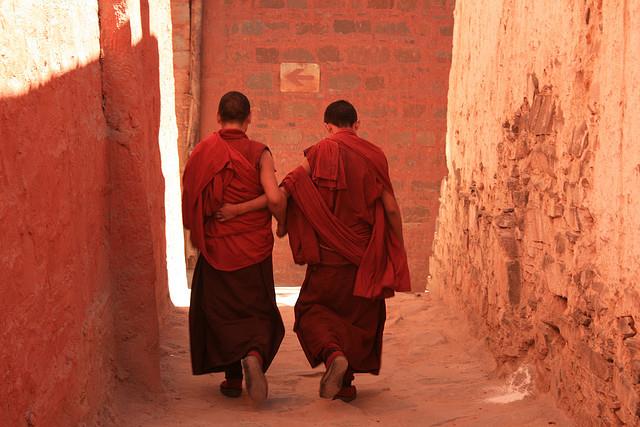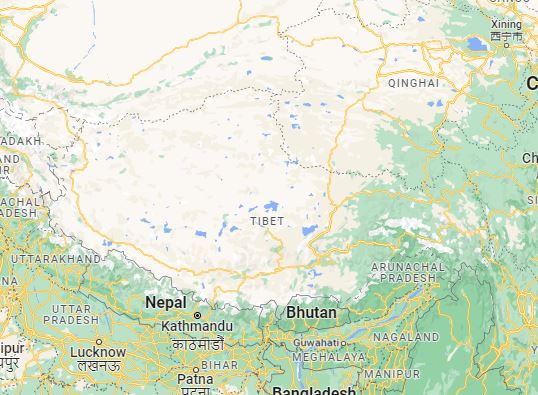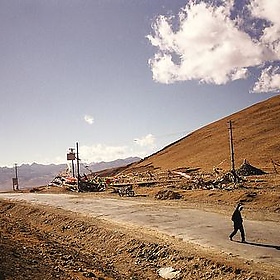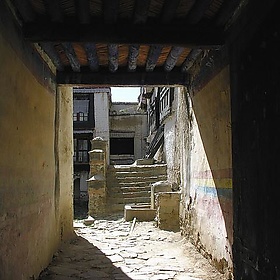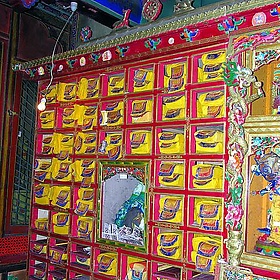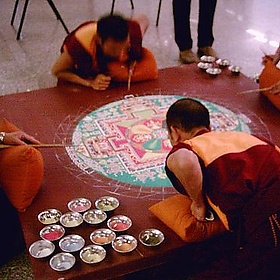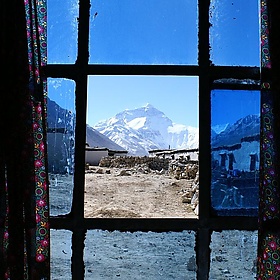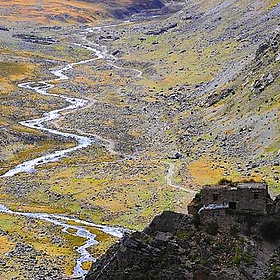Tibet
Tibet is a plateau region in Asia, north of the Himalayas. It is the traditional homeland of the native Tibetan people as well as some other ethnic groups such as Monpas, Qiang, and Lhobas, and is inhabited by considerable numbers of Han and Hui people. Tibet is the highest region on earth, with an average elevation of 4,900 metres.
In 1951, following a military conflict, Tibet was incorporated into the newly established People's Republic of China and the previous Tibetan government was abolished in 1959. Today, the PRC governs western and central Tibet as the Tibet Autonomous Region while eastern areas are mostly within Sichuan and Qinghai provinces. There are tensions regarding Tibet's political status and dissident groups are active in exile.
The economy of Tibet is dominated by subsistence agriculture, though tourism has become a growing industry in Tibet in recent decades. The dominant religion in Tibet is Tibetan Buddhism, though there are Muslim and Christian minorities. Tibetan Buddhism is a primary influence on the art, music, and festivals of the region. Tibetan architecture reflects Chinese and Indian influences. Staple foods in Tibet are roasted barley, yak meat, and butter tea.
Why visit?
- Tibet is home to a unique culture that is unlike any other in the world. From its traditional Tibetan Buddhist beliefs to its vibrant festivals and colorful clothing, there is something for everyone to explore.
- Tibet is home to some of the most sacred sites in the world, including the Potala Palace, Jokhang Temple, and Mount Kailash. These sites are steeped in history and offer visitors a chance to explore the spiritual side of Tibet.
- Tibet is home to some of the most stunning landscapes in the world. From the snow-capped Himalayan Mountains to the vast grasslands and crystal-clear lakes, there is something for everyone to enjoy.
